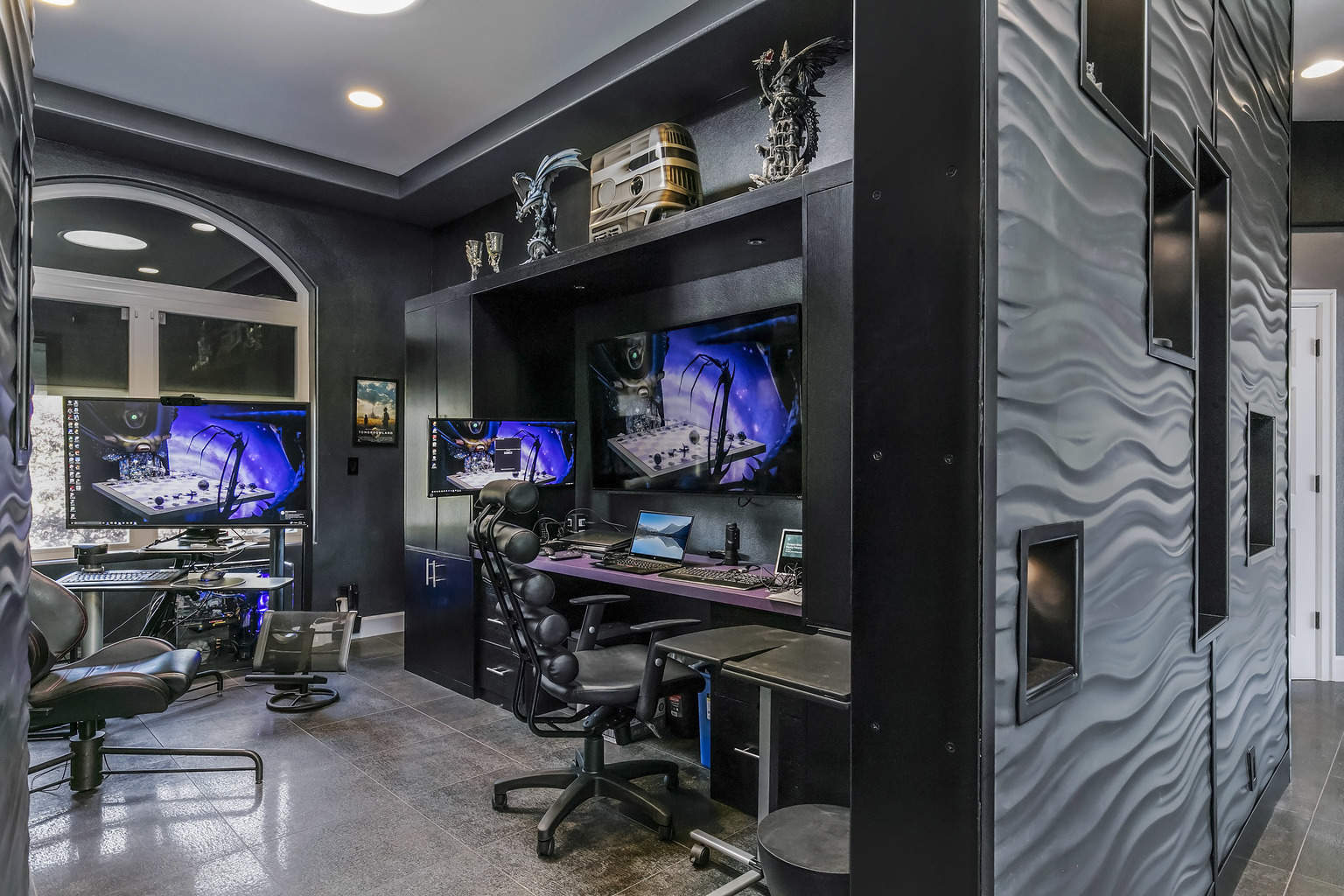
I’ve been covering Smarthome since before we called it “Smarthome” it started out being home automation in the 1970s with X-10 and then it bounced around for decades always on the edge of being the next big thing but never really arriving. Companies like Philips, IBM, Sony, Microsoft, and GE have been in, out, and into this market but it never seems to get out of the painful Geek stage. Currently, in my own home, I have Insteon for lights; Samsung’s refrigerator, smart Wi-Fi vacuum, Smart Things hub; ADT for locks and alarms; NEST for redundant web connected fire alarms; Blossom for internet connected sprinkler control; and Amazon’s Echo family of products for voice control. Of these Insteon and Amazon have been the most reliable, Insteon because it connects well with itself (though I’ve had issues with outside switches) and Amazon because it does the best job of connecting to most of the other stuff though there are gaps.
The goal is and always has been that the stuff just works. Gregory Bryant, who heads the Commercial Client Group at Intel now has Connected Home as well and they might be able to fix this problem where others have failed.
Why Smarthomes Are Stupid
The problem is interoperability and connected consistent intelligence. Most of the so-called Smarthome products in the market are have no intelligence themselves and must be connected to some hub or controller. The problem is it is seldom the same controller and that leaves you with a bunch of sensors and devices that have no clue what each other are doing. For instance, in an ideal case, if there was a fire the alarms would go out, the lights in the home would come on, and the deadbolts on the doors would unlock so you could get out quickly. But the mix of technologies means that if, in fact, there was a fire much of this wouldn’t happen either because the systems aren’t connected or because they use a networking technology like Bluetooth that has limited range and is particularly unreliable when connected intermittently. Wi-Fi is better but it uses too much power and, speaking of power, if you lose power the hubs and routers go down largely rendering the notification systems worthless.
Intel Centrino And Bluetooth
We had a similar problem with Wi-Fi in that back in the early 80s it didn’t work well at all. In fact, it was more of a bad joke than it was a good solution. Intel got pissed off and created their Centrino program which assured that Wi-Fi actually worked and the end result was that the industry came to embrace interoperability and today Wi-Fi not working is the exception and no longer the rule. They did something similar with Bluetooth, though without the custom branding, and when that working group was making no real progress threatened to go it alone rendering the effort redundant. The working group came around and now it is more of an exception than a rule that Bluetooth stuff doesn’t work (though they could still make some additional progress on pairing in cars).
So, Intel has a history of being able to take a mess like Smartphone has become and fixing it so that Smarthomes become as smart as their names.
Wrapping Up: Intel Can Make Smarthomes Smart
The Smarthome effort is a decades long mess but Intel has some history successfully fixing messes like this. Their initial foray into IoT was in business and they developed an impressive hub solution that Dell is currently marketing successfully. Their approach was to focus on control first and this has allowed their offering to be something of a universal translator between devices. This same kind of approach could work in the home and given they don’t make devices themselves, they should be far more successful than Samsung’s similar Smart Things hub which currently appears to be having difficulty accomplishing the same task.
We’ll see but this market could use all the help it can get and, with Intel Jumping in, that help may be finally arriving.